Thankuni is a very well known medicinal plant in our country.
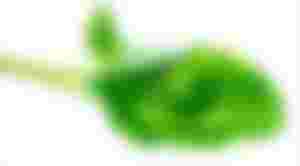
Its Latin name is Sentala Akiatica.
Thankuni leaves are found all over the country. The contribution of thankuni leaves in the field of disease treatment is immense. Many diseases are cured by processing it from its medicinal properties. Taken directly as food, it is able to play a proper role in curing diseases.
The Bengali name is Thankuni. Regionally, thankuni leaves are called as Teya, Manki, Titura, Thankuni, Adamni, Dholamani, Thulkuri, Manamani, Dhulabegun, Adagunguni.

This tree, which grows carelessly in the village, has many qualities. Thankuni juice contains a lot of minerals and vitamins for the body. Thankuni is very effective in curing various disease.

Where thankuni is found:
Thankuni is an uncultivated medicinal plant. This beneficial medicinal plant usually grows in humid environments. So thankuni can be seen more near the pond or water body. In rural areas, these small, star-shaped leaves can be found around houses, on the side of the road, or in the fields. Thankuni leaves are now also available in the city markets. In addition, it is more or less available throughout the year.
Found in India, Sinhala, Northern Australia, Indonesia, Iran, Malaysia, Papua New Guinea, and other parts of Asia. It is widely used in Ayurvedic, ancient African, Chinese, etc. in many countries.
According to Ayurveda, thankuni is an antidote for various diseases of the human body.

Useful parts:
roots, stems, and leaves.
Introduction:
This tree is a small creeper. Its leaves are small round. There are grooves on the edges of the leaves. This tree is found all over Bangladesh. However, it grows well in coastal saline climates. It is very popular among the rural common people.
Propagation:
Thankuni vines flower in spring and fruits begin to ripen in summer. Thankuni is propagated both by seed and organ reproduction.
The roots come out from each git or node and bring the vine with the roots and plant it in the moist soil.
However, it should be noted that even if it prefers moist soil, it cannot tolerate waterlogging.
Although the soil of Bangladesh is very suitable for growing thankuni, it is difficult to get seedlings of this plant even in nurseries. However, it is found everywhere in rural areas.
The virtues of thankuni:
The chemical ingredients present in thankuni are as follows:
» Indocentelloside
» Brahmoside
» Brahminoside
» Asiaticoside
» Thankuniside
» Isothankuniside,
» Triterpene glycosides
» Indocentoic, brahmic
» Mesoinositol
» Oligosaccharide
» Centellose
» Kaempferol
Benefits of Thankuni plants:
If one starts eating thankuni leaves regularly, the performance of every part of the body from the hair on the head to the feet starts to increase. There are many more benefits to matching that.
E.g.
Decreased hair loss rate:
Several studies have shown that eating thankuni leaves 2-3 times a week eliminates nutritional deficiencies in the scalp. As a result, the level of hair loss begins to decrease. Another way to reduce hair loss is to use thankuni leaves.
Do we know how it is possible ???
Let's find out:
Take the amount of thankuni leaves and crush it. Then mix it with basil leaves and amla and make a paste. Finally apply the paste on the hair and wait for some time. After 10 minutes, the hair should be washed well. By the way, if you take care of your hair by using this method at least twice a week, you will see that the hair will look much brighter, silky and shiny and at the same time the rate of hair loss will be reduced to a great extent.
Toxic elements leave the body:
In many ways multiple harmful toxins enter our body, blood throughout the day. If these toxins cannot be expelled from the body in time, then there is too much danger!
And this work is done by thankuni leaves.
How is that possible ??
Let's find out:
In this case, by mixing 1 teaspoon of honey with a small amount of thankuni leaf juice every morning, the harmful elements present in the blood are removed. As a result multiple diseases are forced to stay away.
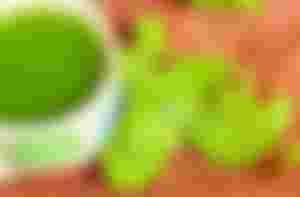
Enhances skin beauty:
The amino acids, beta carotene, fatty acids and phytochemicals present in thankuni leaves play a special role in eliminating nutrient deficiencies inside the skin as well as reducing wrinkles. As a result, the radiance of the skin naturally increases. At the same time, the possibility of skin aging at a young age also decreases.
In fact, the nature around us contains valuable herbal extracts which are very beneficial for our body. These natural medicines do not have any side effects, so they work by eradicating the disease inside the body.
Thankuni leaves are a very readily available herbal ingredient for the people of our country.
Whether you have the disease or not, sometimes drinking the juice of thankuni leaves will not harm your body. Because, these herbal extracts do not contain harmful ingredients.
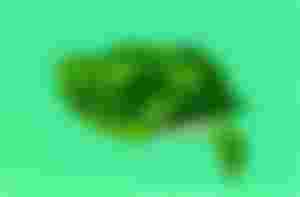
Use of thankuni leaves:
Fever:
Mix 1 teaspoon of juice of thankuni leaves and 1 teaspoon of juice of hyacinth leaves and take it every morning to cure fever.
Stomach ache:
A small amount of mango peel, 1 young leaf of pineapple, raw turmeric juice, 4/5 thankuni tree roots and roots are washed well and the juice is taken together on an empty stomach. It is more effective in small children.
Gastric:
Mix 1 poya misri and half poya thankuni leaf juice together in half a kg of milk and take it every morning for 1 week.
Increases digestion power:
Mixing thankuni leaves with eggplant / papaya and cooking dryness for 1 month every day increases digestion power.
Thankuni to prevent blood contamination:
Every morning on an empty stomach 4 teaspoons of thankuni leaf juice and 1 teaspoon of honey / mixed for 7 days playing blood contamination is good.
Speech:
In case of children who are late or vague in speaking, 1 teaspoon of rice kuni leaf juice is heated and cooled, mixed with 20/25 drops of honey and fed with cold milk for a while, the problem is cured.
Whooping cough:
2 teaspoons of thankuni juice with a little sugar is immediately useful for whooping cough. Playing for 1 week will be completely better.
Diarrhea:
Chewing 5/6 thankuni leaves every morning for 7 days cures diarrhea. Or, thankuni leaf beet mixed with sugar in leaf juice and taken twice a day to cure diarrhea.
Liver problems:
1 teaspoon of thankuni juice every morning, 5/6 drops of turmeric juice (due to the liver of children) with a little sugar and honey for 1 month, liver problems get better.
Elegance:
If the face is dirty, elegance is reduced, then 5-6 teaspoons of thankuni leaf juice should be eaten with milk. You will get benefits if you do it regularly.
Contaminated wounds:
Boil the whole tree including the roots and wash the contaminated wounds with that water.
Wound in the face:
Thankuni leaves should be gargled with boiled water.
Injury:
If it is crushed somewhere, it will be beneficial to heat the thankuni tree and apply it on the injured area.
Common Wounds:
Thankuni leaves should be cooled with ghee and applied on the wounds.
Hair loss:
In case of malnutrition, lack of vitamins, hair loss should be treated with nutritious vitamin rich food as well as 5-6 teaspoons of thankuni leaf juice mixed with milk.
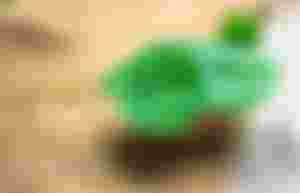
Stomach upset:
If there is stool with stool, if the stool is not clear, if there is gas in the stomach, sometimes there is headache, in these cases 3-4 teaspoons of hot juice of thankuni leaves and equal amount of raw cow's milk should be mixed. You will benefit from playing regularly.
Memory:
If you do not remember half a cup of milk, 2-3 tolkuni leaf juice and a teaspoon of honey should be mixed.
Nasal congestion:
In case of cold nasal congestion, in case of cold, it is beneficial to sniff the powder of thankuni roots and stalks.

Now the question is where to find thankuni leaves in busy city life.
There is no shortage of thankuni trees in the village. Easily seen in the bush forest. Thankuni is a bit difficult to find in urban areas. However, if you do a little research in the raw markets including the capital's caravan market, you will find thankuni leaves. Thankuni leaves can also be kept in the fridge for a few days. And for those who live in the village, look around the house, it will match easily. Or those who are a little more aware can plant a thankuni tree on the roof of the house or in a corner of the veranda if they wish. Getting seedlings will not be a problem. Thankuni tree can be found in any nursery.
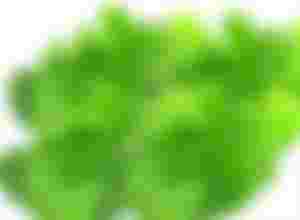
In the end I can only say that the quality of the thankuni leaves will not last, but it will always be able to present itself as a very useful medicinal plant and that is possible only on awareness and proper use of these plants.
Thanks for reading 😍

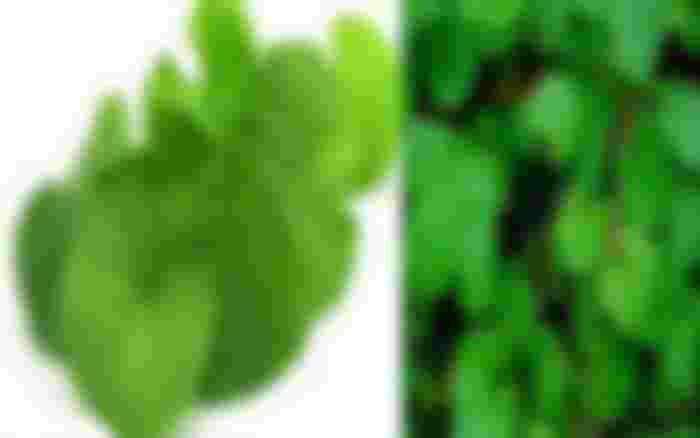
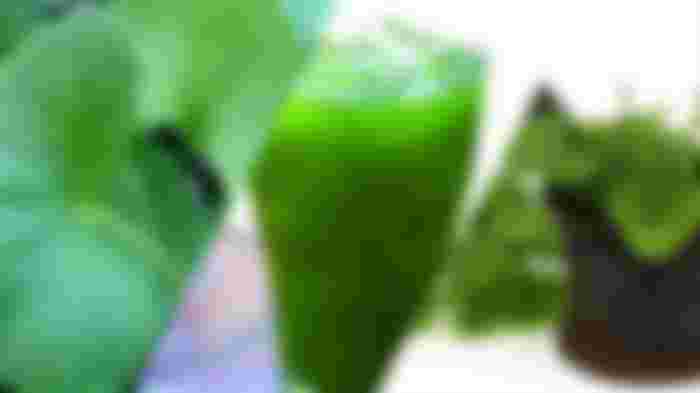


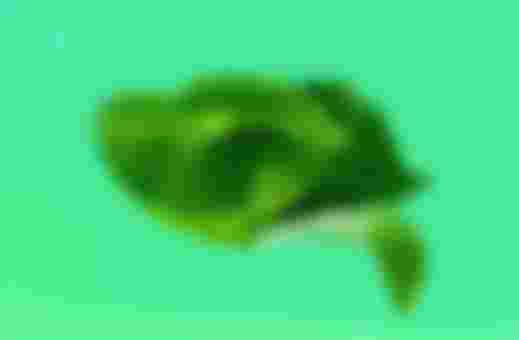
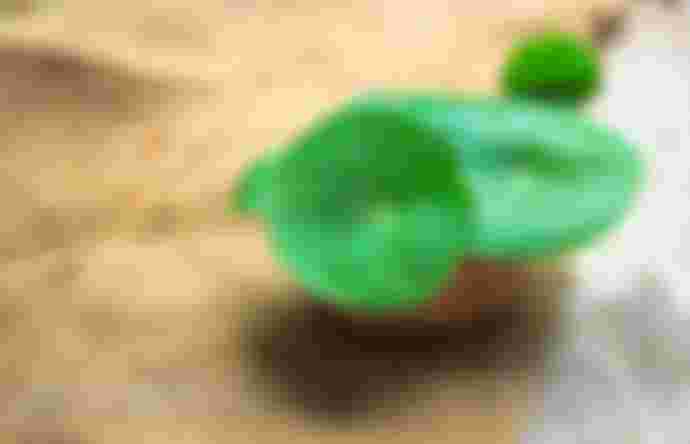
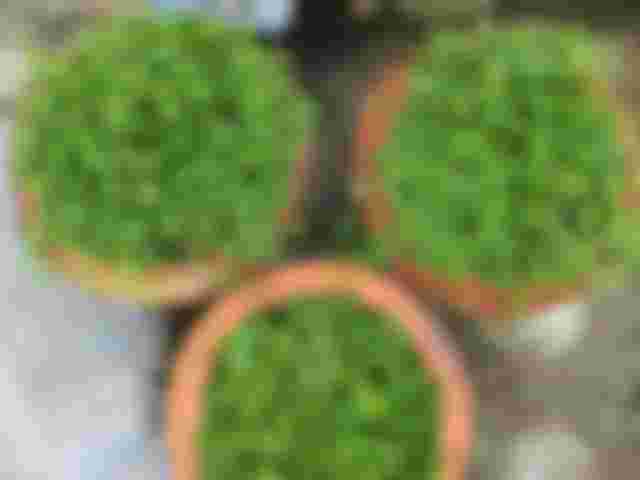

It's a very informative article for us. All of plant are so usefull here too. But name are different